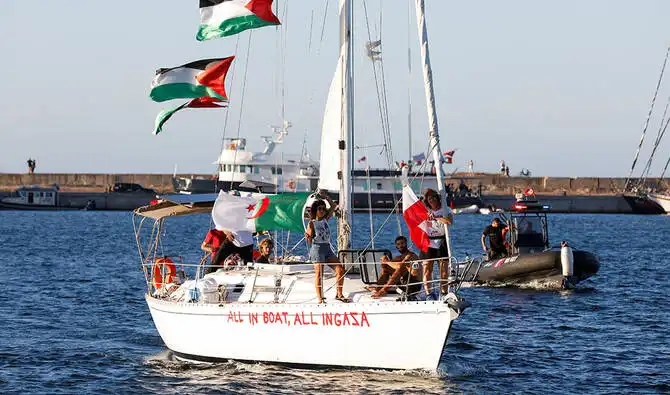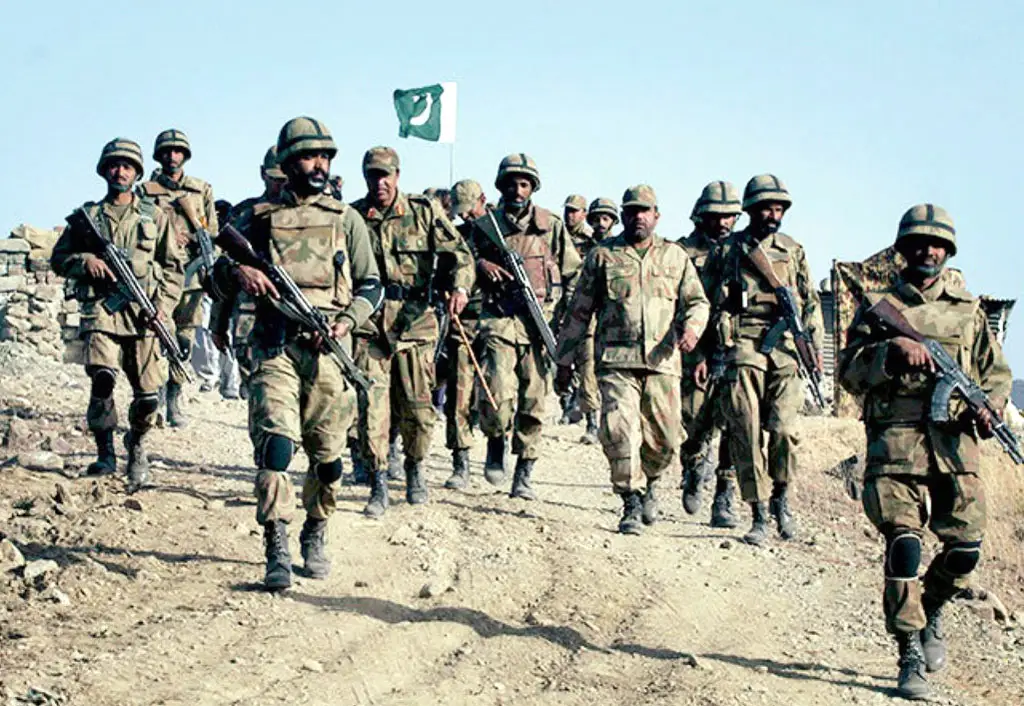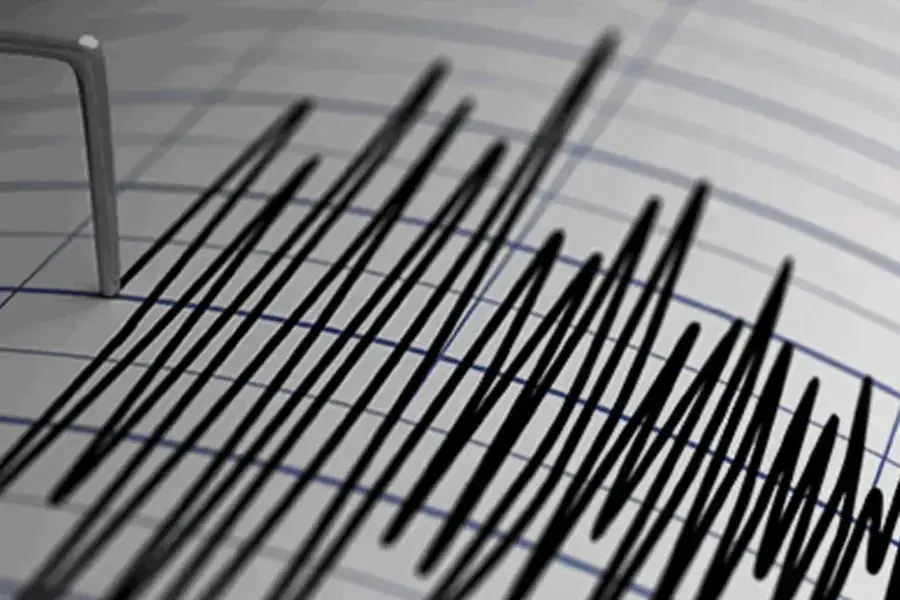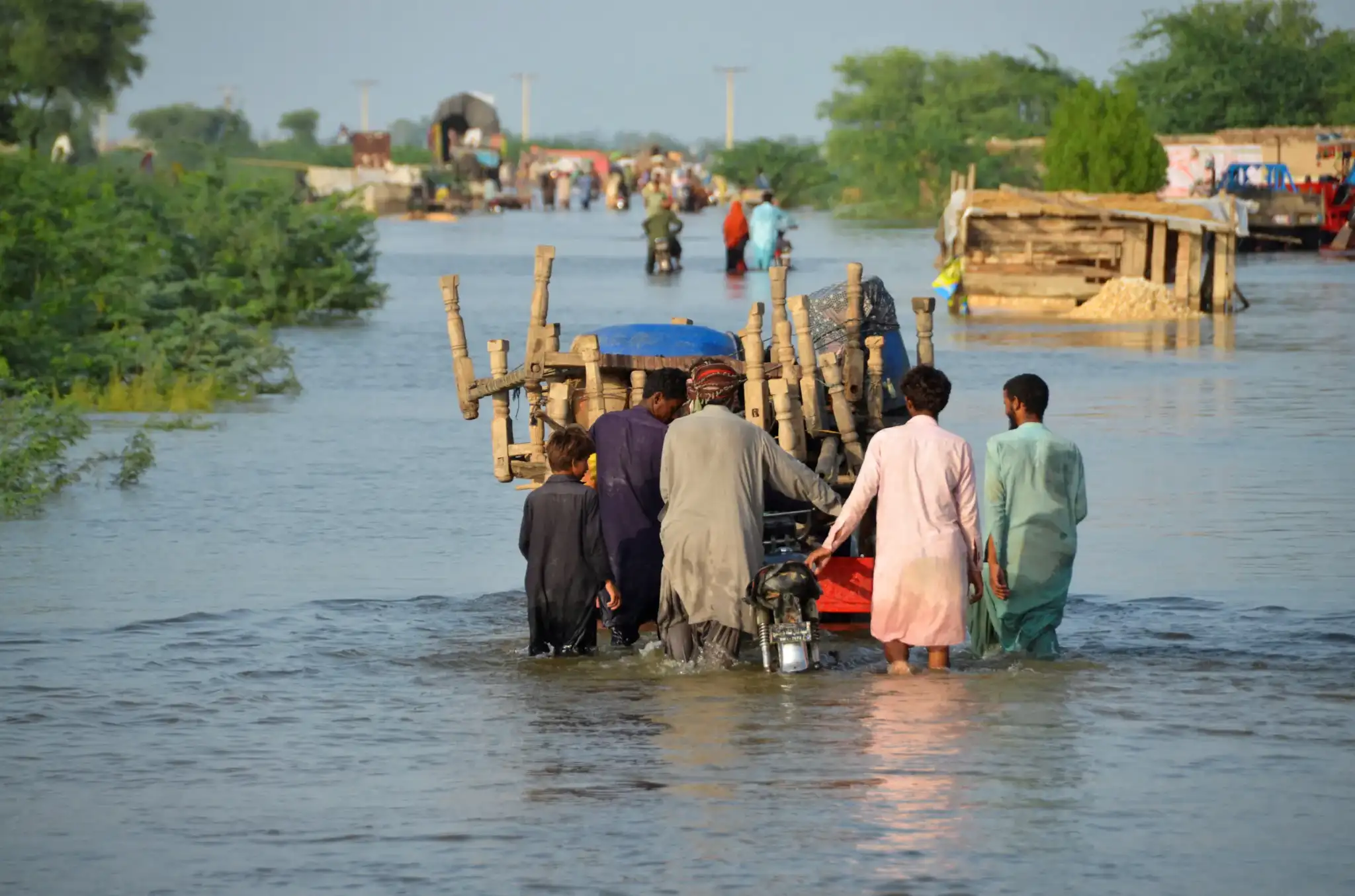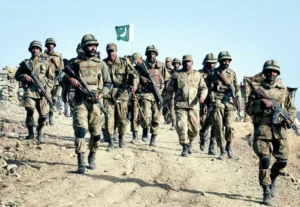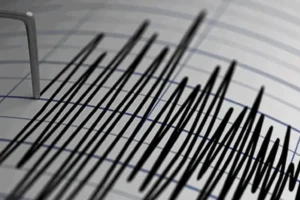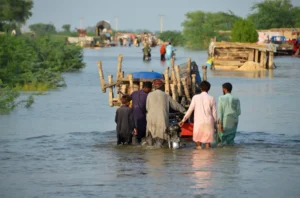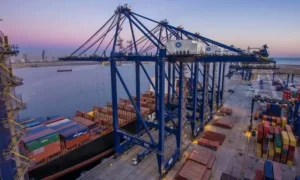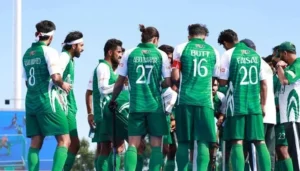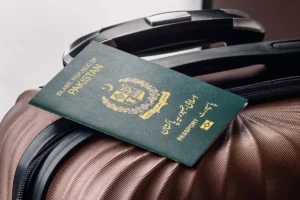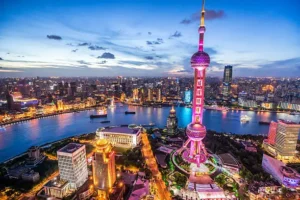![]()
When a fleet of boats set sail to deliver food and medicine to Gaza, no one could have predicted that it would become one of the most widely followed events of the year. The Global Sumud Flotilla quickly transformed from a humanitarian mission to a digital movement, capturing the attention of millions worldwide.
The key to its success was the strategic use of technology. Organizers employed live cameras, advanced tracking devices, and constant social media updates to ensure that people across the globe could witness the mission in real-time.
Whenever Israeli forces intercepted a boat, video clips and status updates were uploaded instantly, creating a powerful sense of global unity. In Glasgow, web developers Lizzie Malcolm and Daniel Powers worked tirelessly through the night to keep the flotilla’s website running smoothly, tracking the vessels and updating the status of the people aboard. The website saw millions of visitors in just two days, a record for the team.
The flotilla itself was massive, with more than 40 civilian boats carrying 500 people, including activists, parliamentarians, and celebrities like Greta Thunberg. Although the convoy was diverted to Israel and did not reach Gaza, it still sparked widespread protests, solidarity strikes, and a global movement.
By blending technology with grassroots organizing, the flotilla turned its interception into a symbol of resilience and generated one of the loudest global demands yet to end the blockade on Gaza.

